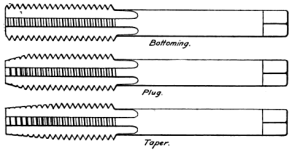T.R. Bauer
Active member
- Joined
- Nov 17, 2007
- Messages
- 1,809
- Reaction score
- 1
- C Dory Year
- 1993
- C Dory Model
- 22 Cruiser
- Vessel Name
- C-Whisperer
Considering that the factory drilled then right into the floor during the 90s to expose the core to water on my boat, then anything you do will be better. I would agree that if you set something in epoxy like all-thread or a rod, it will be tough to get out if done right. If fact, I have some screws in a door at home I used epoxy on that will not come out, period. I guess I should have drilled and threaded them in instead of just sticking them into wet epoxy. Amazing stuff for sure......


